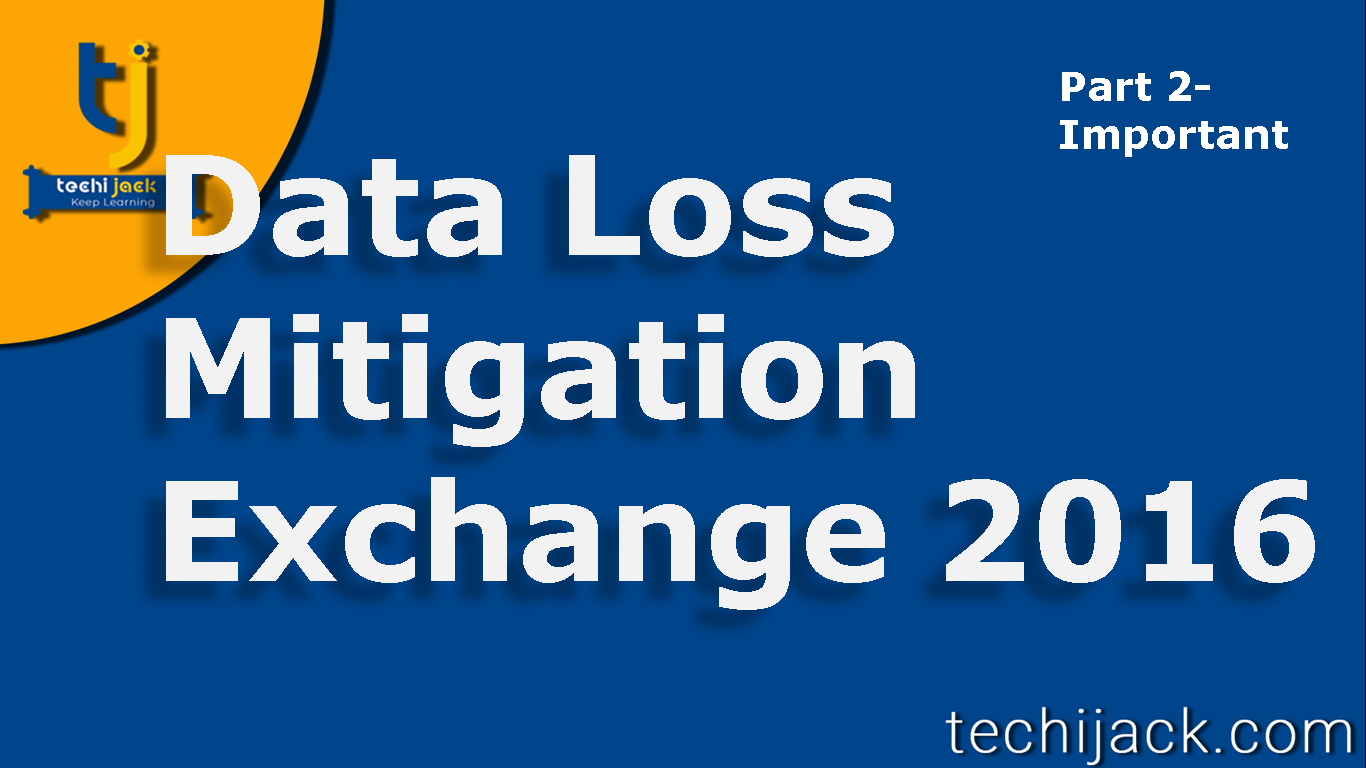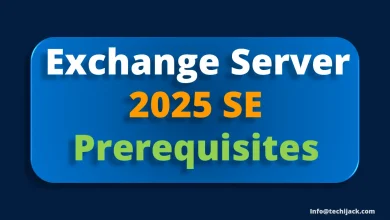Exchange Data Loss Mitigation Feature 2016
Mitigating Exchange Server 2016 Data Loss Scenarios Can Avoid Restore From Backup

Table of Contents
Exchange Server 2016 Data Loss Mitigation Features
Exchange data loss mitigation features are very important to understand.
It avoids you to restore from backup.
An Exchange administrator can save a lot of time by mitigating these features.
However, the Microsoft Exchange Server includes multiple features that mitigate data loss.
Data loss mitigation methods are much faster than restoring from backup.
So, every Exchange server administrator should configure this to avoid risk.
Exchange Mitigation Feature Includes
- Deleted Items Recovery
- Single Item Recovery
- In-Place Hold
- Deleted Mailbox Retention
- Database Availability Group
- Shadow Redundancy
Deleted Items Recovery
Exchange 2016 replaces the dumpster with a recoverable items folder.
Though the earlier version of exchange does have this feature.
But if, the user hard deletes the items, Such as by pressing shift + delete then the message is permanently deleted.
Therefore, in exchange server 2016 if the user hard deletes an item.
Still, you can recover it from the recoverable items folder.
By default, it holds the items for 14 days if no one modifies it.
After 14 days message is purge and calendar items purge after 120 days.
So, you can keep this feature in mind or modify the default 14 days period.
Single Item Recovery
Though the single item recovery was introduced in exchange 2010
This is a new feature to restore items without using the backup.
This feature is disabled by default and you need to enable it for each mailbox in your exchange environment.
If you do not enable it and message is purged from recoverable folder items.
you might have to use the backup to restore it.
But when the single item recovery is enabled.
All the items in a recovery item store are preserved and cannot be deleted by user.
Note: Make sure to check with the recovery item quota setting, if it is full condition would change.
In-Place Hold
If you enable the in-place hold feature.
It preserves all the items in a recovery item store, which a user deletes from his/her mailbox.
Therefore, these items can be restored via the e-Discovery search on the user’s mailbox.
Only an administrator can search and recover the held items.
Deleted Mailbox Retention
You can use this feature for the recovering mailbox database and its content.
By default exchange 2016 retains the deleted mailbox for 30 days.
Though, exchange administrators can increase or decrease this period accordingly.
So, remember this feature if the admin deletes the user mailbox accidentally.
Mostly, this happens when a user leaves the organization and admin deletes his mailbox.
Database Availability Group (DAG)
Another wonderful feature to avoid data loss is DAG
Dag is the most helpful and powerful system to make the exchange highly available.
It helps if the databases or server fails.
However, if the database fails exchange 2016 activates that database copy on another member server of DAG
This process is quite fast, reliable and automatic and very easy then to restore from backup.
When Dag combines with site resilient, it mitigates the loss of the entire datacenter.
So, if you want your exchange to be highly available and site resilient.
Make the use of DAG in your exchange organization.
Shadow Redundancy
Now in exchange server 2016, the transport service makes a copy of each message that it receives before it sends a successful acknowledgment to the sending server.
If in case, the message is lost in transit.
Exchange 2016 detects it and redelivers the message again.
Conclusion
Though we have all these data loss mitigation features in exchange.
Does that mean that we do not need backup?
The answer is NO.
We still need a backup for our exchange server.
An administrator can still encounter such data loss scenarios, where restore from backup is required.
Having all these features handy, you should also have the proper backup for your exchange server to avoid data loss.
Watch Exchange Data Loss Mitigation Feature




